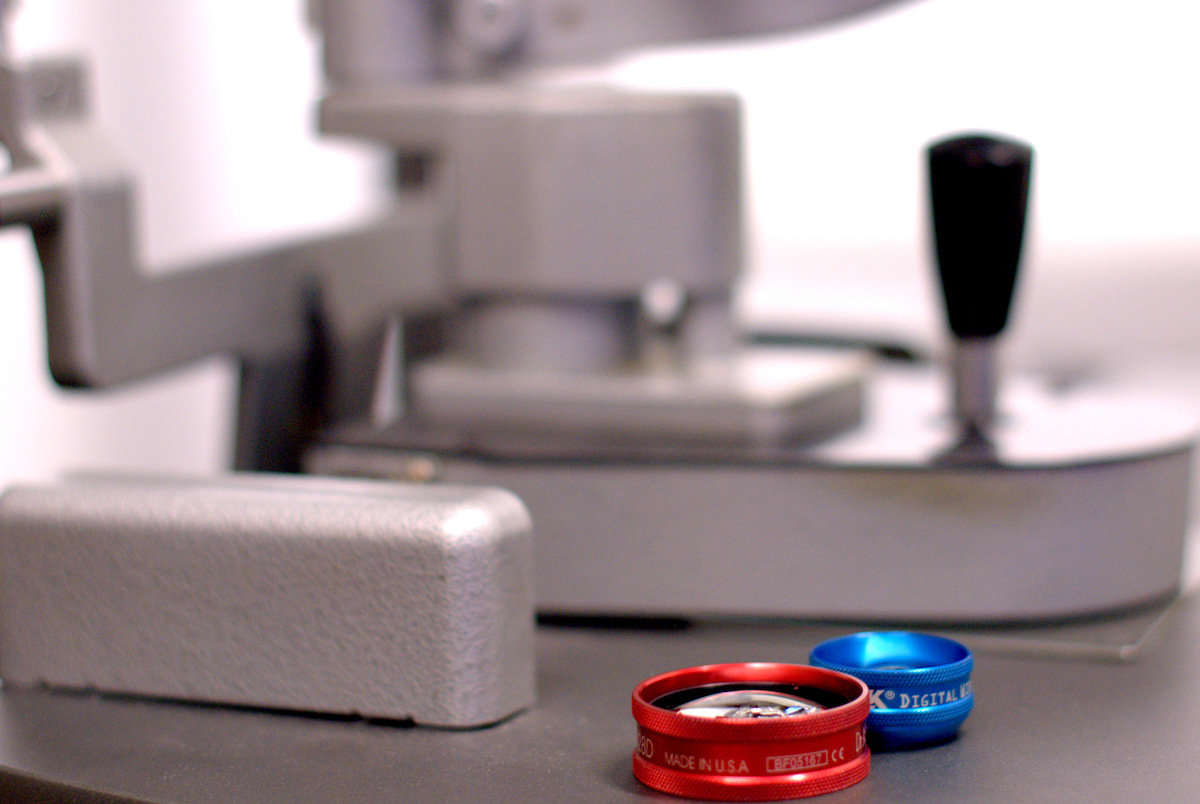What is diabetic retinopathy and maculopathy?
The retina is a layer of special light-sensitive tissue at the back of the eye that sends nerve impulses up the optic nerve to the brain. In people with diabetes, tiny blood vessels in the retina may become diseased and damaged, and these blood vessels may swell and leak blood or fluid around the retina. The healing process forms scar tissue.
This process is called diabetic retinopathy. These problems can damage the retina so badly that the central or peripheral vision may be impaired permanently.
The area of the retina that provides the sharpest vision is called the macula. Leaking blood or fluid can cause the macular to swell (macular oedema, ‘diabetic maculopathy’). This causes blurred vision and is a common result of diabetic retinopathy.
Diabetic retinopathy usually affects the retina slowly, over months or years. The longer a person has diabetes, the greater the risk of diabetic retinopathy. All people with diabetes are at risk, whether or not they are insulin dependent.

Treatment for diabetic retinopathy
Controlling your diabetes is one of the most important parts of controlling your eye disease. In most cases, diabetes in the eye needs to be monitored regularly and does not require treatment.
When treatment is required, there are several options present. There are risks and benefits to each of the treatments.
Dr Sharma is experienced in both the medical and surgical aspect of diabetic eye disease. This is important because you can get long-term management of your diabetes and timely surgery if you need it in one location.
Intravitreal injections
Injections inside the eye have greatly improved the outcomes in diabetes. When diabetes affects certain parts of your retina, then you may need injections of medications inside the eye to help stabilize the diabetes, and potentially improve your vision. We offer the latest medications that may not be available in the public system.
These injections generally need to be repeated several times before control of the diabetes is achieved. It does result in better outcomes for your vision.
Laser
Laser treatment (photocoagulation) uses a laser beam to seal leaking blood vessels and to shrink abnormal blood vessels. This is often done over 2-4 sessions over 2 months depending on the level of your eye disease and the amount of laser required. Sometimes it needs to be repeated to help decrease the diabetic disease in the centre of your vision (diabetic maculopathy).
Surgery
Vitrectomy – This procedure may be required when there is a big bleed inside your eye, or if the diabetes causes a retinal detachment. We insert fine instruments into the eye and remove the vitreous body, a jelly-like substance that fills the inside of the eye. Additionally we might have to remove retinal scar tissue. This procedure may need to be combined with cataract surgery if you have developed early cataracts due to your diabetes.

